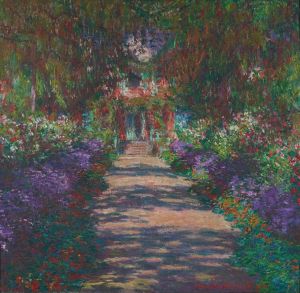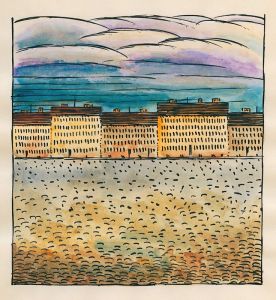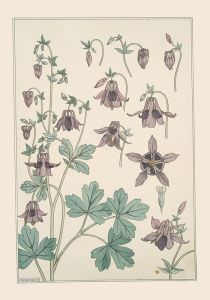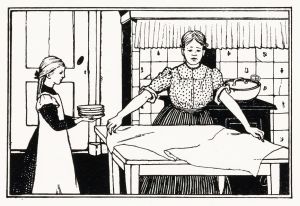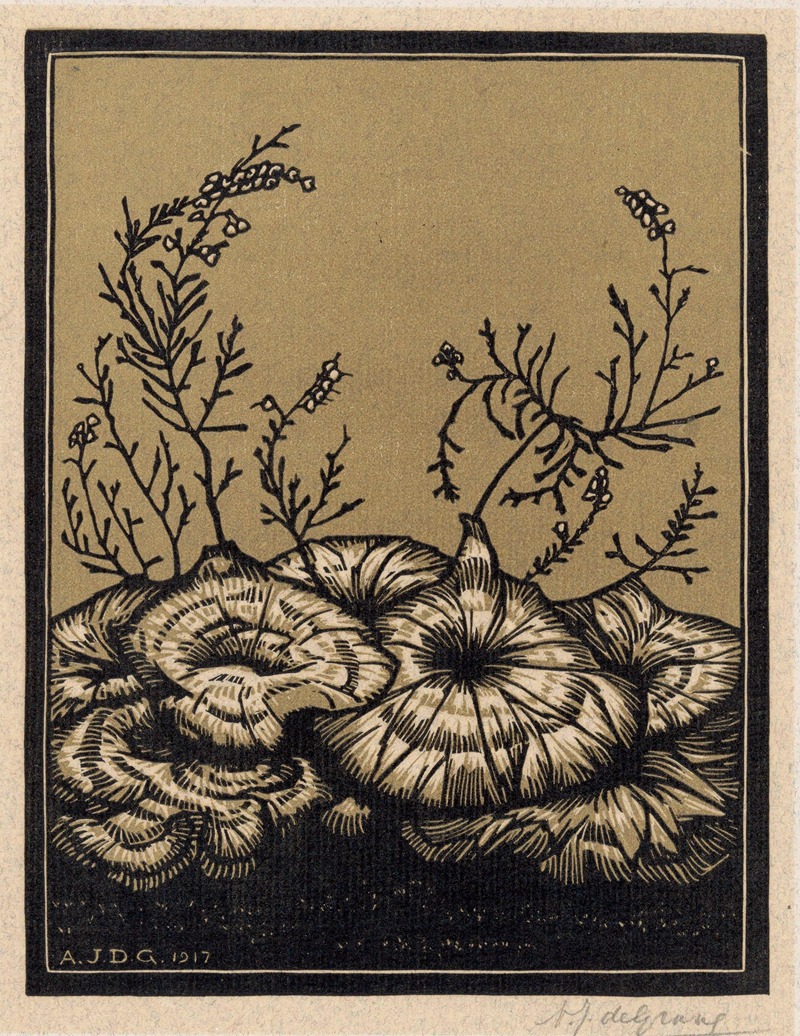
Bloeiende planten
A hand-painted replica of Julie de Graag’s masterpiece Bloeiende planten, meticulously crafted by professional artists to capture the true essence of the original. Each piece is created with museum-quality canvas and rare mineral pigments, carefully painted by experienced artists with delicate brushstrokes and rich, layered colors to perfectly recreate the texture of the original artwork. Unlike machine-printed reproductions, this hand-painted version brings the painting to life, infused with the artist’s emotions and skill in every stroke. Whether for personal collection or home decoration, it instantly elevates the artistic atmosphere of any space.
Julie de Graag (1877–1924) was a Dutch artist known for her detailed and stylized works, often focusing on nature and everyday objects. One of her notable works is Bloeiende planten (translated as Flowering Plants), a piece that exemplifies her meticulous approach to line work and her affinity for natural subjects. Created in the early 20th century, this artwork reflects the influence of the Art Nouveau movement, which was prominent during her career. Art Nouveau emphasized organic forms, flowing lines, and a deep appreciation for nature, all of which are evident in de Graag's work.
Bloeiende planten is a black-and-white depiction of flowering plants, rendered with remarkable precision and clarity. De Graag often worked in monochrome, using techniques such as woodcuts and pen-and-ink drawings to achieve a striking contrast between light and dark. This particular piece showcases her ability to capture the intricate details of plant life, from the delicate curves of the petals to the fine textures of the leaves. Her work is characterized by a sense of order and balance, reflecting her disciplined artistic style.
Julie de Graag's art was deeply influenced by her personal struggles and the cultural environment of her time. She suffered from health issues and depression throughout her life, which may have contributed to the introspective and sometimes somber tone of her work. Despite these challenges, she produced a body of art that remains celebrated for its technical skill and aesthetic beauty.
De Graag was associated with the Hague School, a group of artists in the Netherlands who were known for their realistic and detailed depictions of landscapes and everyday scenes. However, her work also bears the hallmarks of Symbolism and the Arts and Crafts movement, which emphasized craftsmanship and the beauty of handmade objects. Her focus on natural subjects, such as the plants in Bloeiende planten, aligns with these artistic traditions.
Julie de Graag's career was relatively short, as she ceased creating art in the early 1920s due to her declining health. She passed away in 1924, leaving behind a modest but impactful legacy. Today, her works are appreciated for their unique blend of technical precision and artistic sensitivity. Bloeiende planten is a testament to her skill and her deep connection to the natural world, capturing the beauty and complexity of flowering plants with a timeless elegance.






